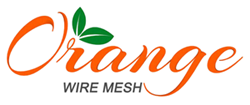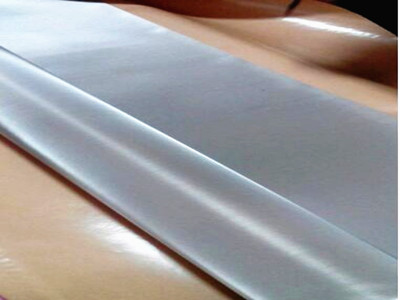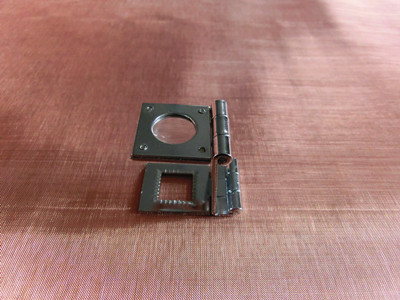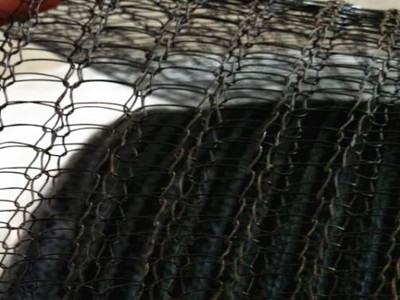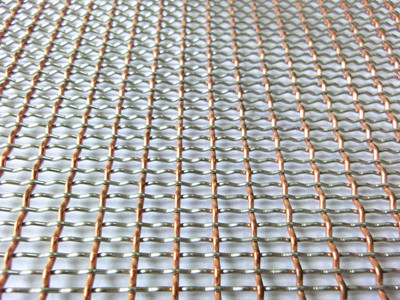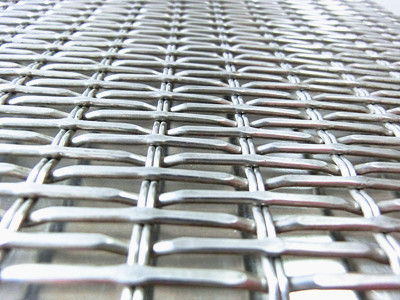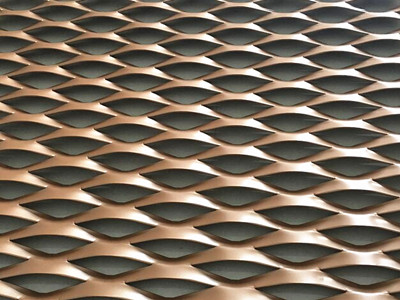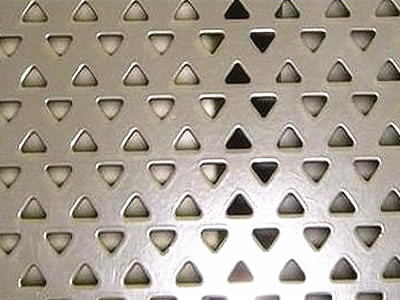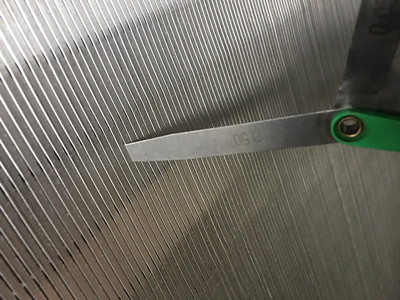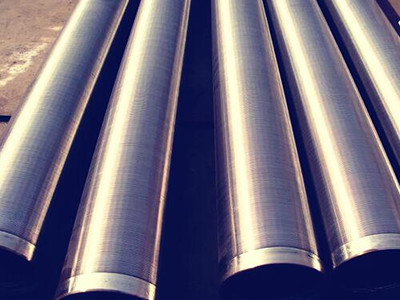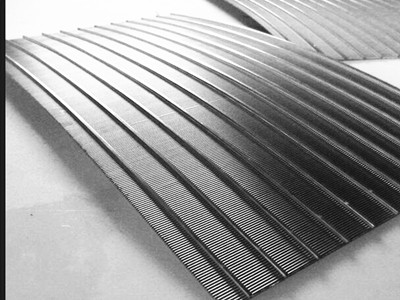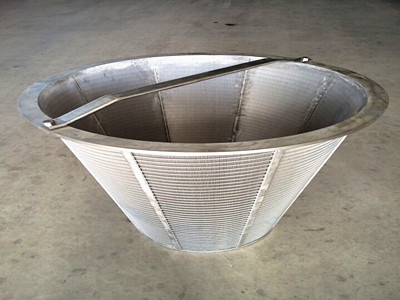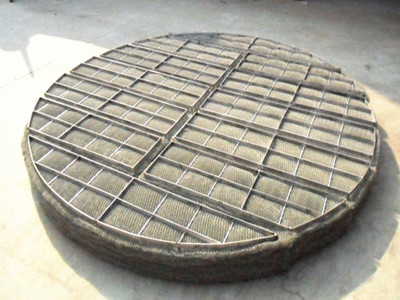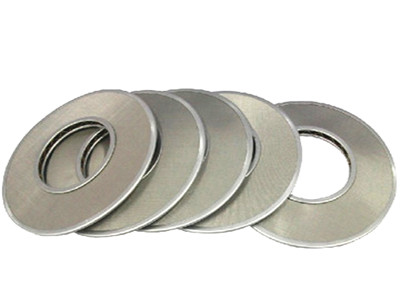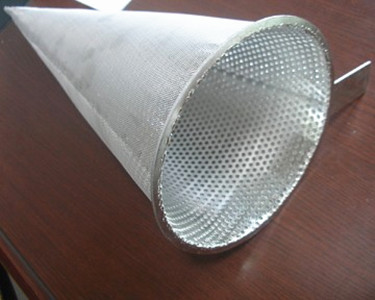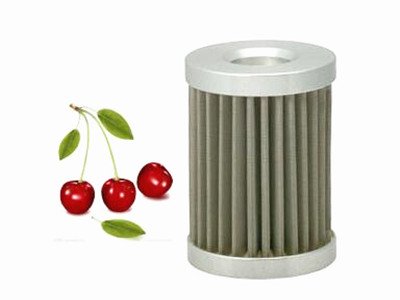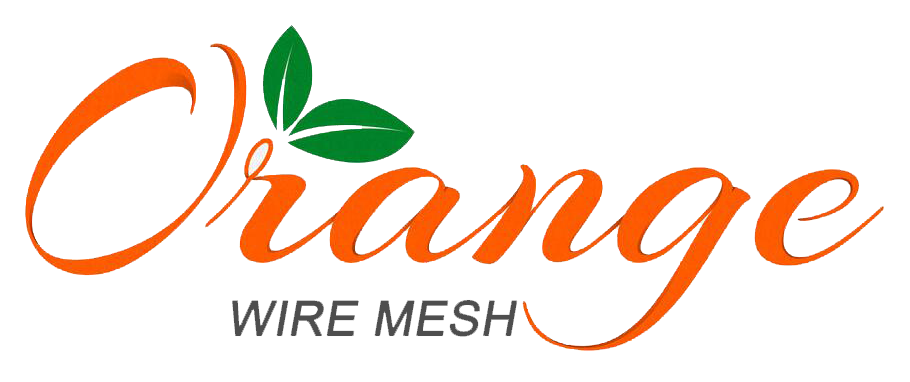How to Select a Perforation
When selecting a perforation, there are a few considerations that are important for choosing the hole shape, pattern and material.
What the final application of the perforated metal will be eg: acoustic control, screening, guarding, etc.
As a general guideline the hole diameter for punching steel and aluminium should never be less than the material thickness.
For stainless it should be no less than 1.5 times the sheet thickness.
Wide margins along the sides of the perforated sheet introduce stresses into the sheet and cause distortion, so they should be kept to a minimum possible width. Excessive or uneven margins can cause buckling or an irreparable degree of distortion that cannot be eliminated by roller leveling.
When holes are small and the percent of open area is high, distortion can become excessive. For items with wide margins the only successful way to manage this may be with cross-break folds.
Generally perforations with larger hole sizes cost less due to reduced machine time.
The minimum bar thickness (material left between holes) should generally be no less than the material thickness. However there are instances where bar thicknesses smaller than this can be accommodated.
Typical sheet size is 2400mm x 1200mm.
The punching direction is normally along the longest sheet dimension.
